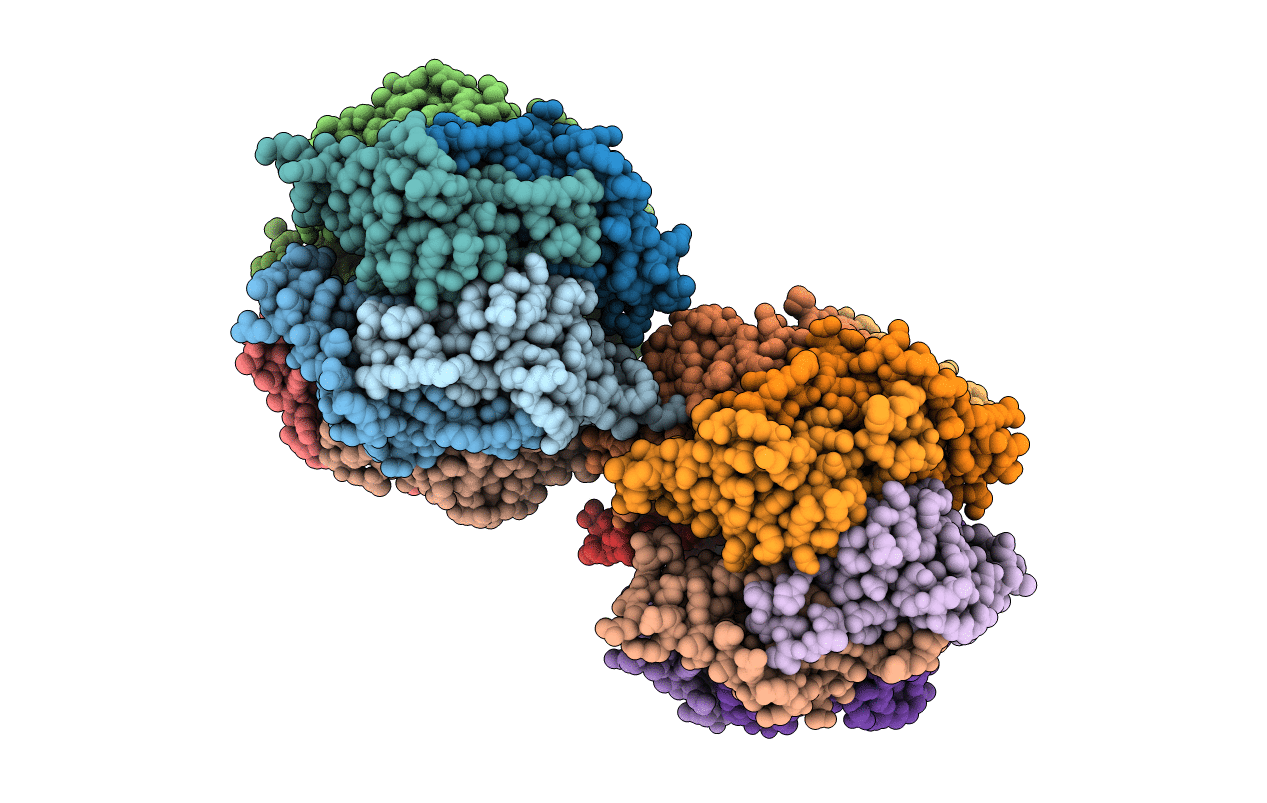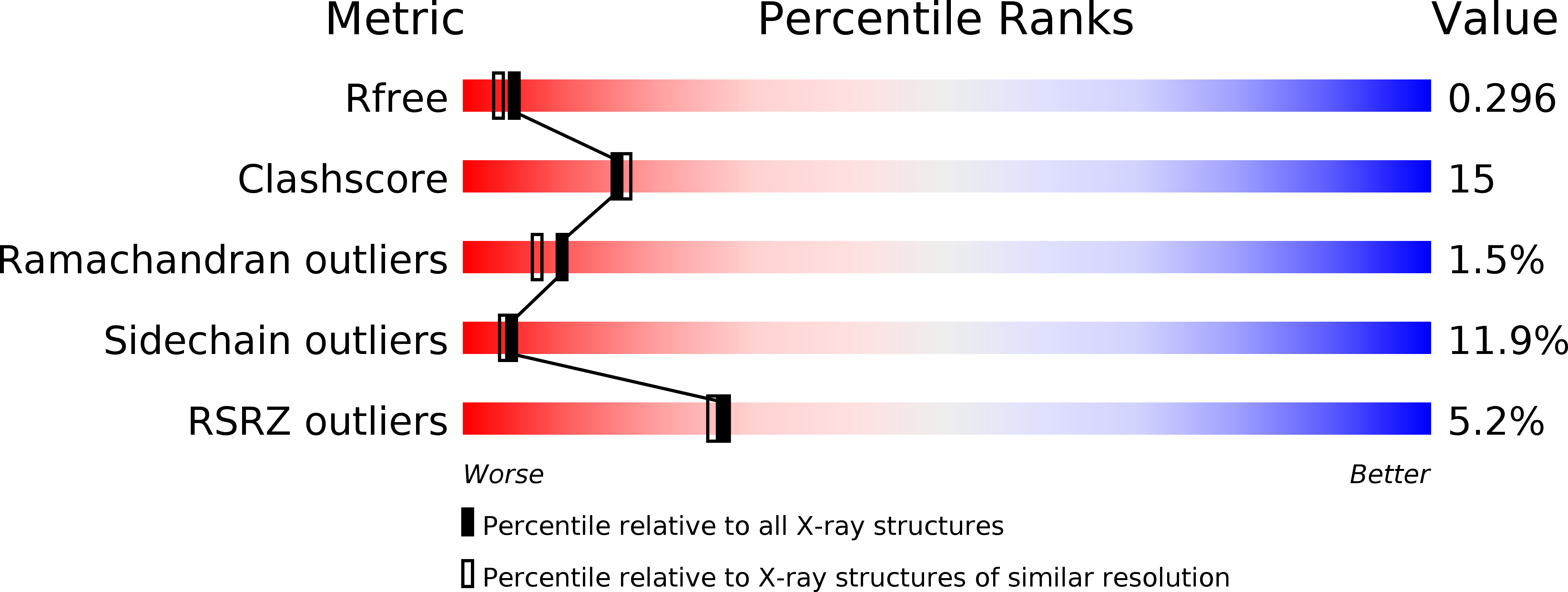
Deposition Date
2012-06-22
Release Date
2013-04-24
Last Version Date
2024-02-28
Entry Detail
PDB ID:
4FPI
Keywords:
Title:
Crystal Structure of 5-chloromuconolactone isomerase from Rhodococcus opacus 1CP
Biological Source:
Source Organism:
Rhodococcus opacus (Taxon ID: 37919)
Method Details:
Experimental Method:
Resolution:
2.20 Å
R-Value Free:
0.30
R-Value Work:
0.22
R-Value Observed:
0.23
Space Group:
P 1 21 1


